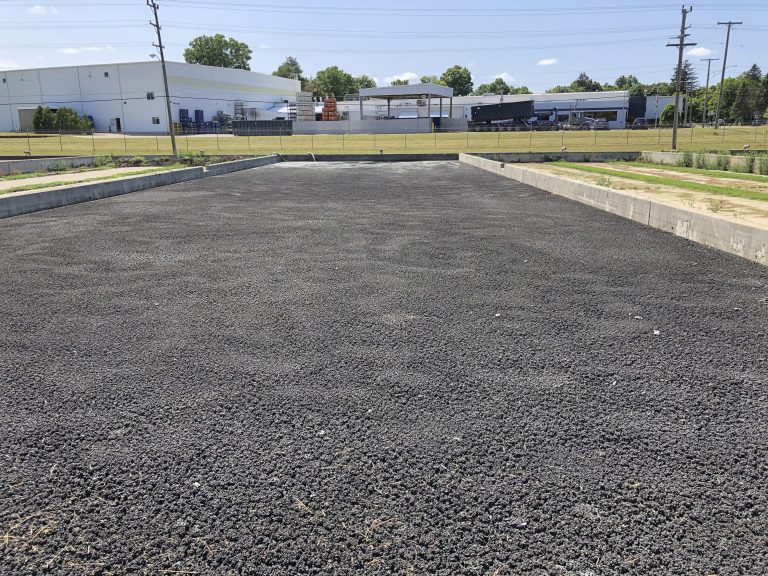SPRINGFIELD – The Illinois Environmental Protection Agency (EPA) announced this week that it will begin testing all community water supplies in the state for polyfluoroalkyl substances, or PFAS—harmful chemicals found in firefighting foam, food packaging and household products that can leak into drinking water.
This is the Illinois EPA’s first widespread sampling effort to monitor PFAS in the state and could possibly lead to regulations to help lower high levels in drinking water.
“It’s a big step by the Illinois EPA to understand if these contaminants are in our water supplies, and where they are and at what levels,” says Todd Rettig, Deputy Director at the Illinois EPA. “We are trying to develop a really good understanding of this in Illinois so if there’s a problem, we can find effective ways to address it.”
The move follows recent efforts in several other states to undertake widespread testing and monitoring for PFAS in water supplies. Michigan, Ohio, Wisconsin and Minnesota have all taken similar measures in recent years.
Environmental groups say it’s a big step forward. But some worry there’s a hidden crisis of water contamination in the state as a result of a lack of testing so far.
“Despite the fact that we’ve known that PFAS pose really serious risks, including links to cancer and harms [to] the reproductive system, there are virtually no restrictions on discharges of PFAS, on uses of PFAS in every day products,” says Scott Faber with the Environmental Working Group. “And [there are] no requirements to clean it up.”
In July, the Environmental Working Group released data on known PFAS contamination sites in the U.S. The Chanute Air Force Base in Rantoul was listed as a contaminated site on the map. The group also released a map identifying suspected industrial sites that were leaking the chemicals into the environment.
Faber says that currently, manufacturers and other sources like rug companies or tanneries have no restrictions on discharging PFAS into the air and water. He adds there’s no limitation on PFAS in many everyday products like sunscreen, carpets and food packaging. In some cases, PFAS have also been found in sewage sludge or biosolids which end up in agricultural fields, making its way into food.
“Even where PFAS contamination is really significant, near places like Chanute Air Force Base but [also] in other places in Illinois where contamination levels are off the charts, there’s no requirement to clean it up,” Faber says.
“So not surprisingly, states like Illinois and others are now at least beginning to ask the question: Where is this stuff?” he adds. “How significant is this contamination, and how do we go about cleaning up the mess that has taken 60 years to create?”
The Illinois EPA will begin testing at community water supplies next week. It will likely take samplers about 12 to 15 months to work through the 1,749 sites, including more than 40 in Champaign County.
“We have a team of samplers in different parts of the state and we’re going to be sampling different parts of the state at the same time,” Rettig says. “They’ll take the sample, transmit it to the laboratory we’ve contracted with, and the results come back to the Illinois EPA, which are then shared to the community water supply.”
Rettig says if a widespread contamination problem is identified, the next steps would involve developing regulations, but the Illinois EPA currently has no plans for that.
Once sampling is complete, test results will be accessible to the public on the state EPA web site.

